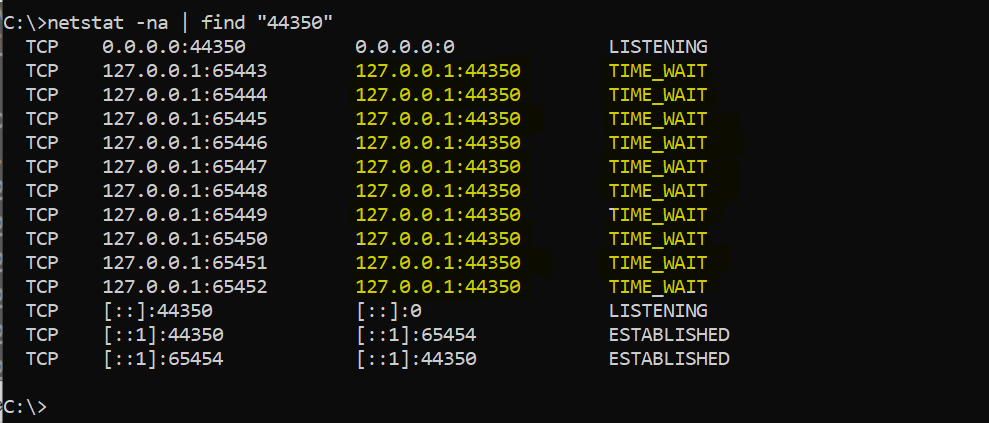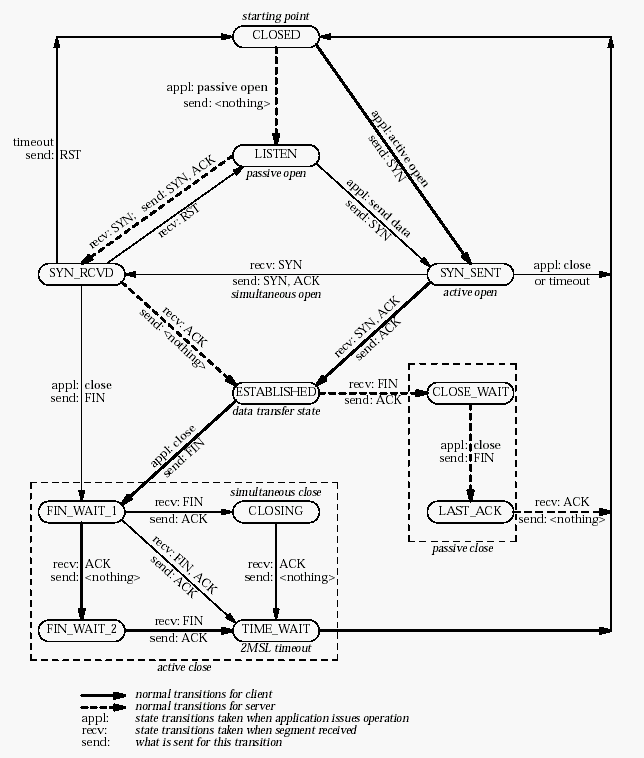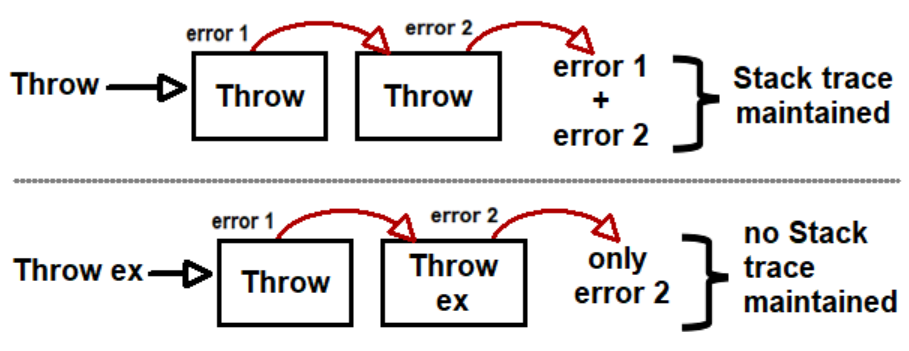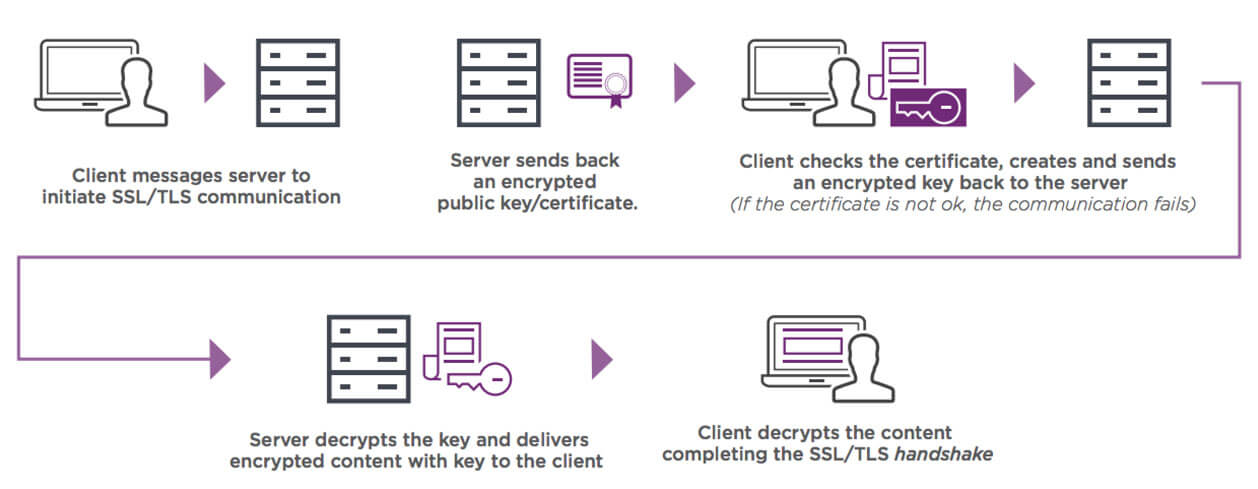Benefits of using IHttpClientFactory
- Provides a central location for naming and configuring logical HttpClient objects. For example, you may configure a client (Service Agent) that’s pre-configured to access a specific microservice.
- Codify the concept of outgoing middleware via delegating handlers in HttpClient and implementing Polly-based middleware to take advantage of Polly’s policies for resiliency.
- HttpClient already has the concept of delegating handlers that could be linked together for outgoing HTTP requests. You can register HTTP clients into the factory and you can use a Polly handler to use Polly policies for Retry, CircuitBreakers, and so on.
- Manage the lifetime of xref:System.Net.Http.HttpMessageHandler to avoid the mentioned problems/issues that can occur when managing HttpClient lifetimes yourself.
Multiple ways to use IHttpClientFactory
There are several ways that you can use IHttpClientFactory in your application:
- Basic usage
- Use Named Clients
- Use Typed Clients
- Use Generated Clients



